-
CreatorTopic
-
11/24/2014 at 6:43 am #2420
 ErikanMember
ErikanMemberAfter reviewing the module content for Lesson 9, take some time to reflect back on what you learned and answer the following questions:
1) How can engagement efforts impact a participant’s experience in a trial? Do you have a concrete example from your own work?
2) How did CAPRISA’s comprehensive approach contribute to their success and network of relationships?
3) What are some examples of how you have sustained relationships with communities after and between trials?
-
CreatorTopic
-
AuthorReplies
-
-
01/16/2015 at 4:44 pm #2687
Siriporn
MemberI agreed with Patchara that engagement efforts can help researcher develop Information Education material in lay language, smooth recruitment, researcher understand well on norms&culture& their life style etc. It helps participant easy to understand information, trust, believe process of study and researcher etc.
-
01/16/2015 at 4:39 pm #2686
Siriporn
Member1) How can engagement efforts impact a participant’s experience in a trial? Do you have a concrete example from your own work?
Engagement effort can help participant more understanding study and also make positively the participants experience in a trial, I believe that engagement efforts in the community have positive impact on participants experience in the trial. These efforts provide a sense in the minds of the community people that the outcome of the trial is their direct contribution that they have worked towards and their fore share the benefits/achievement with the researchers.
From my experiences for Test and Treat study in MSM/TG, prior start recruitment staff have forum with activist, CAB and key persons. These meeting we receive more information about any concerns of group such as side effect of early ARV initiation, concern and confuse about process in protocol. We have plan for every process of study as community concern .
2) How did CAPRISA’s comprehensive approach contribute to their success and network of relationships?
CAPRISA’ team has good process to engage community and comprehensive approach contributed to their success and network of relationships in such a way that it conducted targeted outreaches to educated about the trial, learn about cultural factors that might affect the trial.
3) What are some examples of how you have sustained relationships with communities after and between trials?
We continually make an effort to schedule in-service presentations for staff and clients at our partner organizations and at various stakeholder organizations and groups. We also engage previous participants and other folks with whom we have made relationships before and during a trial. We have CAB meeting in every 3 months also. After study close out, we still have meeting with CAB. We will report them about close out plan, progression of study result. -
12/24/2014 at 12:49 pm #2598
Agnes Nondo
Membersustainability of research community relationship is very important. Though the resources can be challenging as Anne has indicated, we try to work within the available resources because good community relationship does not only contribute to successful acrrual but also to retention and even when you come to the result dissemination, negative or positive study outcome, challenges are minimal because the communities are kept upto speed with the progress of the study and they feel part of it and so will be part of the outcome.
I recall in the previous clinical trial we did at our site, we used similar activites that Marie’s site used. We held mid study parties with communites and participants this was not to entice them but to give then an opportunity to mingle with other participants share adherence challenges learn from one onother, and we felt this events improved retention and adherence.
We disseminated results and unblinded to them the study arm individuals belonged to individually with no difficulties at all. And this is because different scenarios were shared to them during the study. And so they looked forward to receiving the results. this was a study that enrlled 625 HIV negative women, HSV 2 positive. withng which we even had a group that seroconverted, from this I have learnt that communication in critical in clinical trials.
-
12/12/2014 at 7:09 pm #2549
Agnes Nondo
MemberHow can engagement efforts impact participant experience in a trial. Engagement has a positive impact on a participant it creates trust and a sense of belonging. continuous involvement during the study is crucial because well informed participants are easily retained. The study can only achieve its objectives if participants are retained. From the experience Mathias had we can appreciate that research literate community is an important factor to study success.
2. Caprisa’s comprehensive approach, indeed contributed to their success story, because participants felt cared for as complete individuals not as study objects to be commended to adhere to the study product.
3.examples of how we have sustained relationships with communities during and in between we routinely communicate the progress of the research and we consult and sought for feedback from the communities.
-
12/08/2014 at 5:11 am #2513
Mathias Wambuzi
MemberHello Team,
I have enjoyed each one of your discussion and compared with my own experience and now can confirm with some examples at home.Researchers in a past trial thought recruitment could be done through identification of individuals without engaging stakeholders/communities. The first 4 participants where enrolled but exited at the same time before the next visit. Evaluation was done and we realized communities where the participants came from did provide the contrary. It was until community engagement was intensified that we were able to retain.
Sustaining relationships requires innovative approaches and consultations with relevant stakeholders and maintaining a continuous presence in the communities.I agree with Jauhara on marking important days in the communities but also establishing community hubs cements relations because hubs could act as contact points for stakeholders and service providers.At home,we have established community hubs which potential service providers use to offer services to the underserved communities.We have established networks with service providers who routinely move out to provide services courtesy of us.Routine meetings and refresher workshops with grassroot stakeholders.Periodical updates on trials and dissemination of results.We engage communities in sports activities punctuated with HCT and health education.
-
12/07/2014 at 2:11 pm #2510
 Marie MicheleMember
Marie MicheleMemberDear colleagues, I do not believe that we are on lesson 9 and therefore, we are in the end. I think that the part of sharing our experience would not stop. I really enjoy that part and it is really learn from you.
Yes, that is true research team’s approaches and engagement activities are opportunities for mutual exchange and it enhance proactive communication with the local community. Some of rumors are reported to the Counselor or Doctors during the study visit, and they call me and seat down with Principal Investigator to discuss about how to resolve that issue. If necessary, CAB and local authorities are consulted to seek advice. It is always great to work in team, it reserve you more time, and you do not use a lot of energy.
Anne, like you mentioned, normally sustained engagement can be very challenging, but when the communication between research team, community team and stakeholders is well done, it is true, the cost is not high, as trainers are most of the time from the Research team, we use location from community for free. This reduces definitely costs.
Jessica, I agree with you, it is important to share examples of things that didn’t work. What mechanisms used to sustain engagement those just were not successful.
On my site, as I said from beginning, being in country that were clinical naïve when we started doing clinical research, we got a great opportunity to learn a lot from different countries. Before we start the study, my colleagues and I in community departments have been to Uganda and to Nairobi (Mombassa) to gain their experiences. From the global level, we have been interacting a lot with Global Campaign for Microbicide, they are the ones who come and train us. So all mentioned earlier, shared with us many things including the potential problems that usually clinical trials face and how to avoid them. It is not easy for me to share with things that not went well, I have been privileged to have great stakeholders (National and International) always willing to provide advice before anything negative happens. Then later we started working with IPM, and really learned a lot from them, in terms of engaging community, avoiding social harms from the community etc. But I would encourage anyone who have things that did not went well, to share what mechanisms used, because it is a great contribution, we all learn from history.
-
12/07/2014 at 12:14 pm #2509
 Marie MicheleMember
Marie MicheleMember1) How can engagement efforts impact a participant’s experience in a trial? Do you have a concrete example from your own work?
Colleagues, I am happy to say that engagement efforts impact positively the participants experience in a trial, I am briefly giving some examples that we, as Research Centre experienced when we were doing incidence study in 2006-2008. The study population were high risk of getting HIV. So, we recruited sex workers and we were recruiting in areas known as areas having high level of sex workers. But that time, Government were doing all to discourage people being sex workers, as it was indication of increasing HIV. Different strategies have been used to help sex workers to quit that job, but it was not working. The participants(sex workers) who were enrolled in the study, were also known as impossible people who were always drunk during nights and cause problems, in neighborhood, because they had a lot of noise when they fight with some of their clients. that was their life and security people had to work at night to stop those sex workers to disturb people around. In middle of study, some local authorities came to thank a lot Research Centre because the majority of sex workers who were in the study, due to having continuously counseling on change behavior, were progressively start changing their behavior, they had stopped to go in street during nights, but continue to receive clients from hope, that was the first step, then later their reduced the number of clients.
from the reimbursement fees they get from Research Center, some were proactive and started doing a small business, like selling fruits, etc. few of them got married, it was very impressive
In the end, Research Center got a lot of credibility, but when you think about it, we managed to get there because we were in collaboration with stakeholders, the information we were sharing contributed to the participants change behavior positively.
In addition they got to know their rights in terms of health care in general, they have been encouraged to know the importance of doing medical check up, most of people have health insurance, but they believe that they use it when they are sick, and some are free like HIV testing, antenatal care for those who are found pregnant, etc.
2) How did CAPRISA’s comprehensive approach contribute to their success and network of relationships?
The success and network of relationships with CAPRISA’s approach is definitely positive. There is no way that the trial get problems during study or after study when the all community stakeholders( from large community such as global and national level are engaged or consulted.) this is to enhance and empower community engagement level. So when we plan to engage community, we have to think and plan well in order to a success trial results.
3) What are some examples of how you have sustained relationships with communities after and between trials?
Sustainability of relationship with communities is to simply keep in touch by:
Responding to their invitations, they usually invite Research Centre to either make presentation or to come to just participate in their meetings
There is contribution each year of being a member of Rwanda Nation NGO forum, we always contribute
Every December, we are among organization that have been selected to do public awareness in community about HIV/AIDs,
Each year, Research Centre provide to all stakeholders a happy Christmas and happy new card. Sometimes, depending on the budget, we also provide some gifts, such T-Shirts, pens, bags etc. Written on a message that we want to pass on.
We make sure that when the study finish, we do a dissemination of results (which stakeholders like a lot); by organizing a symposium and invite stakeholders.
To give a response an clear communication as soon as possible to any concern about study in the community or in Ministry of Health.(that is also appreciated by stakeholders)
CAB continue to be updates.
After study, we also organize a get together with former participants.
All of that, increase relationship with stakeholders.
-
12/05/2014 at 9:56 am #2501
 Leader Kanyiki NgooyiMember
Leader Kanyiki NgooyiMemberAlso at my site I have set up a social support hub where staff members and other stakeholders donate (have donated) clothes, shoes, blankets and important stuffs to assist our participants and other community members who are victims of common local disasters like fire and floods. people in this crowded community often misconnect their electrical appliances or leave them plugged in hence causing the “usual” fire disasters that destroy hundreds of shacks/homes in the township.
This has become a way for us as a research center to connect with our local trial community beyond research specific purposes and ensuring that rapport is built and trust is established between the RC and stakeholders.
-
12/05/2014 at 9:18 am #2499
 Leader Kanyiki NgooyiMember
Leader Kanyiki NgooyiMemberAll said! well I appreciate stakeholder/community engagment as it gives a sense of true care from the research team, and not just a lucrative project that is using the community support to get to their end. the community sees and appreciates the tireless efforts by the research team to reach out to them and the consideration given to their inputs and recommendations. they see and value the consistent follow from the research team, the capacity-building strategies provided and they realise the significance of the projects and therefore own them. once a research is owned by the community it’s a great success regardless of the final resuls of that particular study. they will engage, get involved, support it, defend it and make it work.
I so liked what CAPRISA did, it’s like what I heard from another research centre in Madibeng here in South Africa, they went beyong engaging the community on HIV related education only, but reached to larger stakeholders and established bigger networks and supported communities in other critical needs. that just touches any community!
beyond and in between trials I have partnered with stakeholders to host key events (mini and big), I have ensured visibility in the community. commemoration and celebration of key dates brings together the community. community dialogues, FGD have also helped to stay in touch. the CAB is always engaged.
-
12/04/2014 at 3:52 pm #2495
Anonymous
InactiveHi all,
I also think its important to share examples of things that didn’t work. What mechanisms have you tried to use to sustain engagement that just weren’t successful? Why do you think they were unsuccessful?
-
12/03/2014 at 12:35 pm #2476
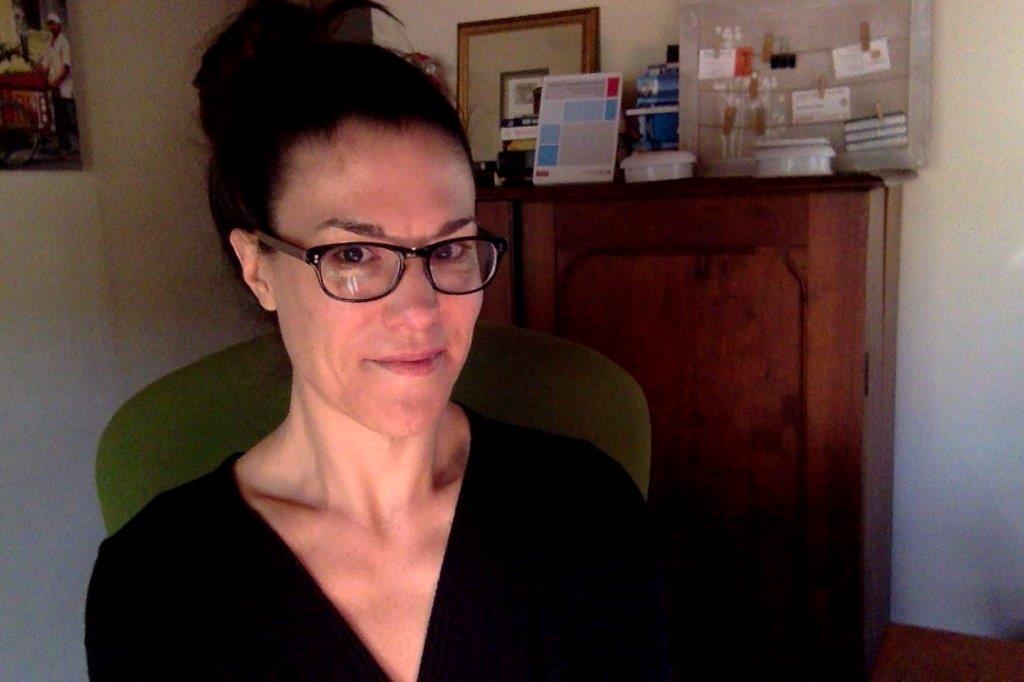 AnneMember
AnneMemberHi all:
There are some great examples of inclusive and ongoing engagement– where there is real cooperation and alignment of interests between the community and research team! And I love the ideas about leveraging community assets and expertise to sustain engagement.
Do others have examples of innovative approaches that have helped to build a longer term commitment from community members?
-
12/03/2014 at 3:56 am #2474
 PongpunMember
PongpunMemberI agree with Jessica and Laura about should conversation out of HIV in community forum. In my experiences that work with Transgender woman group, they have interesting about hormone or medicine that beauty supplement. This topic is hot topic for them and they have more attention. We can add topic about side effect of them and instruction for safety.
Sometime we should survey interesting of community that what topic they concern or interest? This is great for them that should known story that more than HIV from staff. We can add or link knowledge of HIV from this activity such as sharing needle for injection hormone can cause of HIV transmission.
-
12/03/2014 at 3:35 am #2473
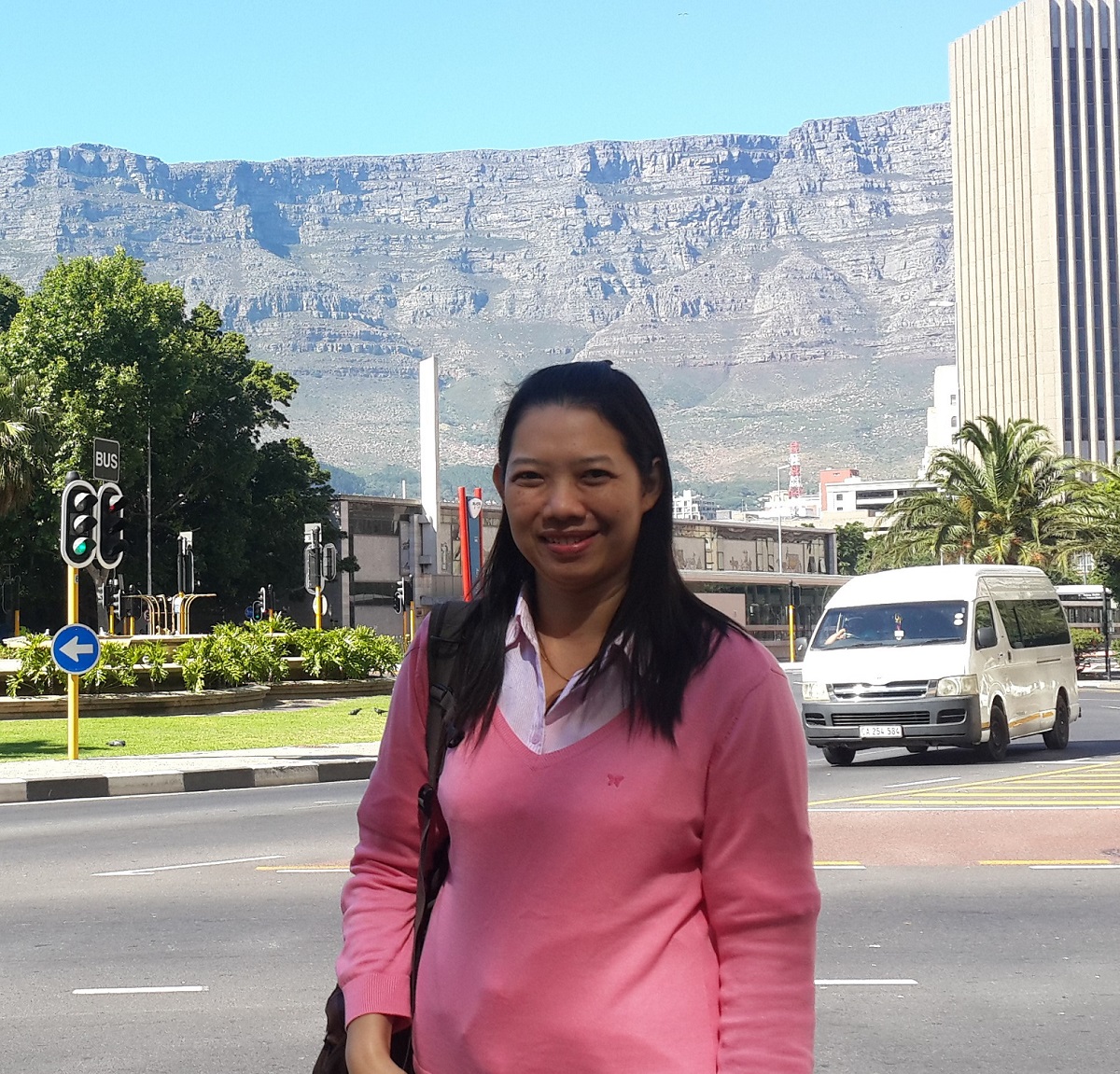 PongpunMember
PongpunMember1) How can engagement efforts impact a participant’s experience in a trial? Do you have a concrete example from your own work?
Engagement effort can help participant more understanding study. In accrual period, out reach staff have meeting with stakeholder in several groups and receive information/opinion about study that useful for study. Staff can use this opportunity to create and share plan such as recruitment and retention plan, safety plan, plan for management in case stigma etc. Staff will have awareness about anything that community and stakeholder concerns. From my experiences for PrEP study in MSM/TG, prior start recruitment staff have forum with activist, CAB and key persons. These meeting we receive more information about any concerns of group such as concern about side effect of study product, fear rectal exam, concern brand of condom that provide to participant and confuse about process in protocol. We have plan for every process of study as community concern such as what are concern in recruitment process, what is message that use for participants, how to manage risk management.
2) How did CAPRISA’s comprehensive approach contribute to their success and network of relationships?
CAPRISA’ team have excellent process to engage community. They have deep interesting and more power for manage plan. I think they have great preparing participant to deep understand protocol. Because this is important thing for success of protocol. Participant can comply with protocol and no problem of retention or adherence. Staff analyze in each steps and have community consultation. The important is staff maintain relationship in whole study with community. Because they can build relationship and known any concern during the trial.
3) What are some examples of how you have sustained relationships with communities after and between trials?
Between trial, we have CAB meeting in quarterly. We have meeting regularly with stakeholder and join activities that they have. After study close out, we still have meeting with CAB. We will report them about close out plan, progression of study result, participant found social harm or not. Additional, we have website that use for report result of study. If community have forum or activity, staff will participate for updating and evaluate about impact of study after close.
-
11/28/2014 at 1:54 pm #2449
Patchara
Member1. Engagement efforts can help researcher develop Information Education material in lay language, smooth recruitment, researcher understand well on norms&culture& their life style etc. It helps participant easy to understand information, trust, believe process of study and researcher etc. Our study, we worked together to modify consent form, brochure, questionnaire to be lay language. It makes participant does not worry about their understanding on material. They feel comfortable during enrollment, visiting on their appointment date. They feel good to have relationship with researcher.
2. CAPRISA succeed their engagement because they collaborate with stakeholder for all cycle of study. The good participatory came from stakeholders’ trust in research.
3. We collaborate with stakeholder to sustain relationship. We attend bimonthly meeting, create activities to campaign HIV prevention together among organization who work with HIV/AIDS. We educate knowledge on clinical trial, ethics and study information regularly to participants, target population, GOs and NGOs in study area and CAB. We often update study information to stakeholder. We perform focus group sometimes to develop our service in our study. -
11/28/2014 at 11:05 am #2448
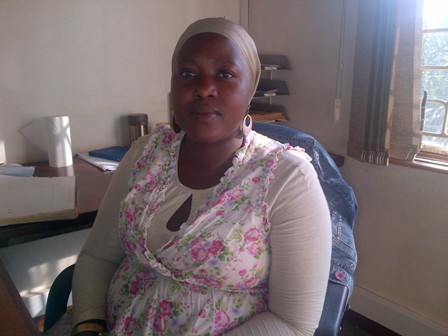 Jauhara NanyondoMember
Jauhara NanyondoMemberI agree with Laura, being innovative is very key while engaging with stakeholders, it is not true that you can only engage stakeholders with a budget.You can actually tap into the community resources and structures to move forward you engagement efforts.
For example if one is going to hold a health community session, instead of hiring a hall to have this done, one can use the community town hall, which is in most cases free for community activities that benefit that society.
-
11/26/2014 at 11:59 pm #2447
 Laura PotterMember
Laura PotterMemberWhile I agree that limited resources and staffing can be a challenge, it’s very helpful to sustain creative engagement by collaborating with other local advocacy and stakeholder groups, both research-oriented and otherwise, in the planning and executing of engagement activities or events. This way, you are further engaging with communities and networking to develop/strengthen the stakeholder base, not only in the communities you reach through the activity/event, but also in the planning processes — and you have the added resources and staff power of these other organizations and individuals in combination with your own! Many hands make light work. 🙂
-
11/26/2014 at 11:56 pm #2446
 Laura PotterMember
Laura PotterMember1. I think engagement efforts are of utmost importance, long before someone becomes a participant or even identifies as a stakeholder. Just familiarizing people with clinical research and building trust/providing education and awareness to communities and populations that are traditionally harder to reach or somehow marginalized from research and medical arenas — these efforts can have a huge impact on how a trial site is perceived. Word of mouth is especially important in some of these marginalized and hard-to-reach pockets of the population, so one person’s good or bad experience with us can be the deciding factor in whether we garner support from a large stakeholder group, or not. As for a concrete example, I have been in the room for in-service presentations or conference events targeted towards some of these populations, such as people of color or trans* people, where I overheard either supportive/approving comments among audience members, or I saw reactions and overheard negative comments citing distrust of certain things that were being said or the people who were saying them. I have also heard from several people over the phone while I screen them for our studies that they are very glad we include so many gender and race options for them to identify themselves, including a write-in option as well as a “decline to state” choice. This sort of wording on the phone questionnaire arises only from consulting with and engaging with these same communities and stakeholders whose representation in clinical research is historically low due to distrust of researchers, in part due to researchers’ lack of competency/humility. If someone feels right at the onset of the screening process for one of our studies that they will be respected and recognized for exactly who they are, then they are likely to enjoy their experience in the trial significantly more, not to mention that they will also be more likely to let friends who are also in their communities know about their positive experience.
2. I think CAPRISA must have done an excellent, truly thorough job of formative research to identify all of the non-research-related or health-related needs at the trial site, because by focusing on providing other services and education to key groups at the site, the researchers were able to build trust and the foundation for lasting partnerships long after the completion of the trial, not to mention how these efforts benefited their protocol development and study design, and later, their study recruitment and retention. Additionally, there was extensive effort put into education and awareness before the trial began, which accomplished the goal of engaging people in the goals and purpose of the research and invited them to become more actively involved and invested in the project, rather than remaining passive or becoming despondent and disinterested in the study.
3. To sustain relationships with communities after and between trials, we continually make an effort to schedule in-service presentations for staff and clients at our partner organizations and at various stakeholder organizations and groups. We also engage previous participants and other folks with whom we have made relationships before and during a trial as members of our CAG whenever possible, or if their schedules do not permit this commitment, we host community forum events every few months, as well as inviting the public to panels with guest speakers and representatives from the global network as well as local stakeholders and researchers to keep the communities we engage with informed about the current developments and issues going on in HIV prevention and vaccine research, policies, and news. Sometimes the subject of our in-service presentations or forums strays from the sole focus on HIV and includes broader themes, such as health equity more generally, in order to address additional concerns of the communities we have these relationships with.
-
11/25/2014 at 3:41 pm #2437
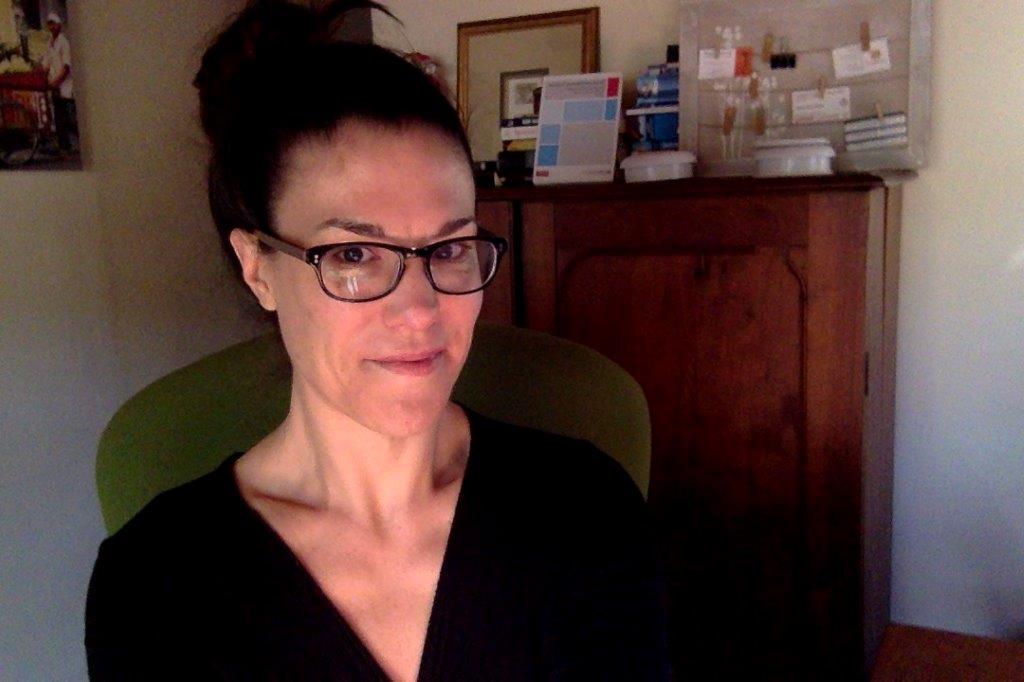 AnneMember
AnneMemberThat’s great stuff, Jau!It sounds like some of your research team’s approaches and engagement activities are opportunities for you to communicate with the local community, not only about your trial, but also about their health priorities and needs overall– and stakeholders probably leave feeling like they have truly benefited!
And with limited resources and staffing, creative sustained engagement can be very challenging…. what do others think?
-
11/25/2014 at 3:41 pm #2436
 RonaMember
RonaMemberJauhara said it so well.. CAPRISA did have extensive relationships in the community and they were able to build on those relationships and partnerships as they planned and conducted the study. They had a large network of stakeholders that helped them with their educational and outreach plans and those stakeholders could also help them in furthering awareness, understanding and support for the trial and participants
With CAPRISA as a perfect example, I think engagement efforts can help participants feel more comfortable making the decision to participate, and actually participating in a trial. If the people feel there is a relationship between themselves and the research team and if the researchers garner support from others in the community (e.g., providers, service organizations, community leaders etc) participants y can feel more trusting of the information they receive about the research and proposed trial and feel support rather than stigma as a result of participation. Engagement can lead staff to be more understanding of local and cultural practices, as well as participants’ general needs/concerns, particularly with regard to research, and can address them. Ideally, this underlying knowledge and foundation, will translate to greater sensitivity on the staff’s part and will enable participants to feel they can approach staff with any questions or needs that they have. The clinic setting itself may reflect this understanding and/or sensitivity with appropriate visual images and language on materials, such as posters, flyers and brochures. Ultimately, as Jauhara noted, with effective engagement, participants can become more vested in the research and take pride in their contribution toward the outcome.
-
11/25/2014 at 5:49 am #2435
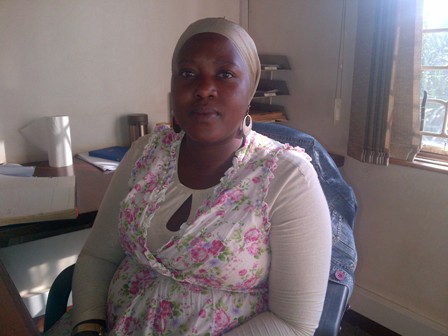 Jauhara NanyondoMember
Jauhara NanyondoMember1. Team, I believe that engagement efforts in the community have strong positive impact on participants experience in the trial. These efforts provide a sense in the minds of the community people that the out come of the trial is their direct contribution that they have worked towards and their fore share the benefits/achievement with the researchers.
Engagement efforts increase broad trust and buy-in the research programs by the participant and this directly impacts on the participant’s adherence to study visits. Participants get the feeling that they are secure and therefore trust the research team and they able to share with the research team any of their concerns as soon as they arise while on the study.
Prior and during the study we continue engaging with the research community about what is entailed in the study, who can participant in the study, what is done while on the study.So all this information is known by the community. So one time one of the community members who was ineligible to join the study developed an allegation our study draws much blood that leads to fainting and hospitalization. Rumor moved around the community, one participant whop is on the study called us and told us that we needed to come to the clinic to clear the rumor that is spreading like wild fire against the study.
2. CAPRISA’s comprehensive approach contributed to their success and network of relationships in such a way that it conducted targeted outreaches to educated about the trial, learn about cultural factors that might affect the trial.In addition the CAPRISA team went beyond the trial related community engagements and responded to community needs such as contributing to the development of community schools. As this point the research community appreciates the research agenda on table.
3. Joining the communities to commemorate HIV related days, supporting community based organisations that provide HIV related services, continued health education in the community, conducting community health dialogue with community members and supporting linkages to other service providers. At this level our influence is still felt and maintained in the community.
-
12/01/2014 at 7:19 pm #2463
Anonymous
InactiveEveryone has offered really innovative ways to maintain relationships during the time in between trials. I really love how groups are reaching out to different organizations to host and cosponsor events!
Laura- I love that your site is broadening conversation to include topics on other health related issues. Those at the highest risk of HIV face many other pressing issues, like job or food security. I’m curious to know if and how others engage populations around non-health issues that will increase a person’s risk of HIV?
-
-
AuthorReplies
- The forum ‘GPP Discussion Forum’ is closed to new topics and replies.


